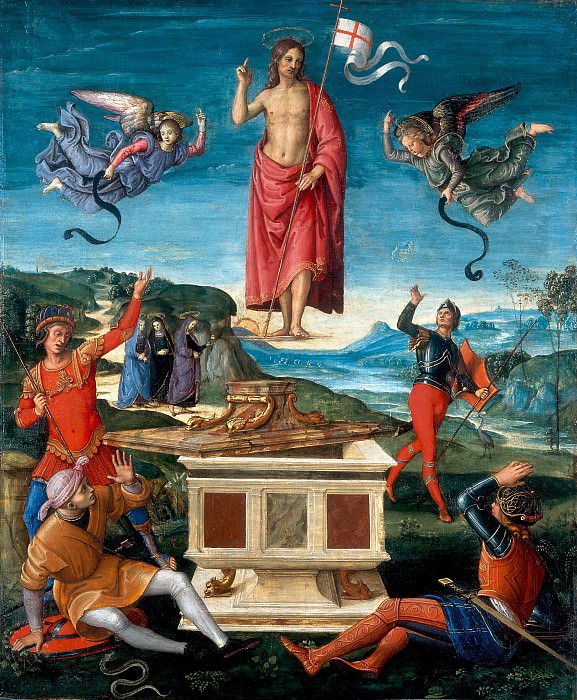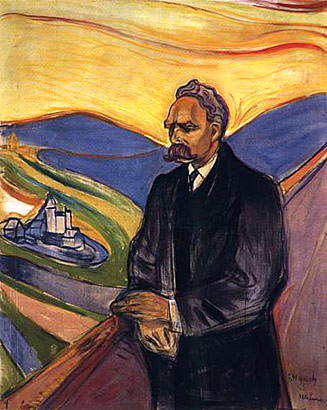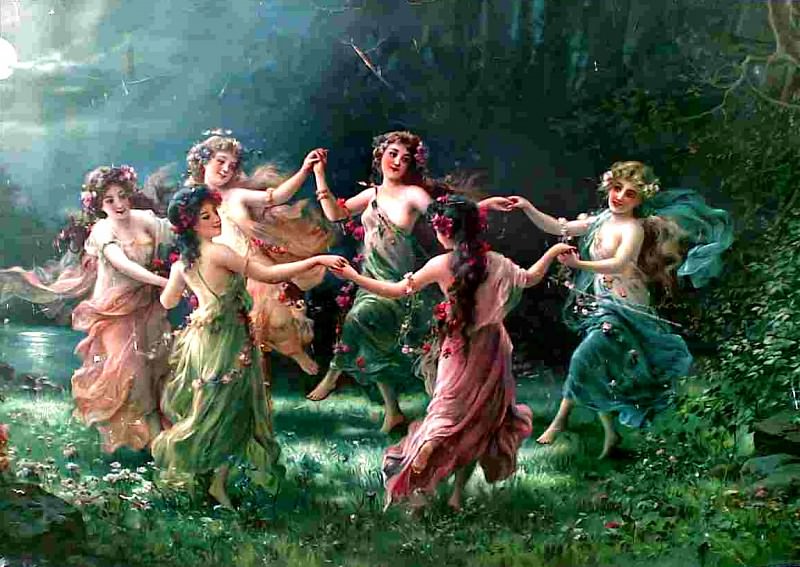The Vibrant World of Corneille: A Journey Through Color and Form
Corneille, a celebrated figure in the world of modern art, was a pioneer of expressionism and a founding member of the COBRA movement. His work is characterized by vibrant colors, abstract forms, and a deep connection to both the natural world and human emotion. The legacy of Corneille is one of exploration, where each piece serves as a window into his evolving perspective on art, life, and the human experience.
Early Life and Influences
Corneille, born Guillaume Cornelis van Beverloo in 1922, in Liège, Belgium, spent his formative years in the Netherlands. His early experiences were shaped by the cultural and social dynamics of the time, as well as the devastation of World War II. These experiences profoundly influenced his work, driving him to seek solace and expression through art. The tumultuous world around him became a canvas for his emotions, where he sought to find beauty in chaos and light in darkness.
During his early career, Corneille was influenced by the works of Vincent van Gogh and Pablo Picasso, whose bold use of color and form resonated with him. He was also deeply inspired by African art, which he encountered through his travels and studies. The simplicity and symbolic nature of African sculptures and masks left a lasting impact on Corneille, leading him to incorporate these elements into his own work.
The COBRA Movement
In 1948, Corneille co-founded the COBRA movement, alongside artists such as Karel Appel and Asger Jorn. COBRA, an acronym for Copenhagen, Brussels, and Amsterdam, was a collective of artists who rejected the traditional art forms of the time. They sought to create art that was spontaneous, expressive, and free from the constraints of academicism.
For Corneille, COBRA was more than just a movement; it was a philosophical approach to art. He embraced the idea of art as a form of primal expression, where the unconscious mind could take center stage. This approach allowed him to explore new techniques and themes, resulting in works that were bold, dynamic, and full of life. The influence of COBRA can be seen in Corneille's use of bright colors, abstract forms, and a focus on the human figure and nature.
The Art of Corneille: Themes and Styles
Corneille's art is often described as a celebration of life. His work is filled with images of birds, flowers, women, and landscapes, all rendered in vibrant colors and playful forms. These motifs are not just decorative; they are symbolic representations of Corneille's view of the world. Birds, for instance, often symbolize freedom and the connection between the earthly and the spiritual. Women in his art are depicted as goddesses or muses, representing beauty, fertility, and the continuity of life.
The use of color in Corneille's work is particularly striking. He often employed a palette of reds, blues, yellows, and greens, creating compositions that are both harmonious and energetic. The colors are not just a visual element; they are an expression of emotion and a reflection of Corneille's inner world. His use of color was influenced by his study of Fauvism and the works of artists like Henri Matisse, but Corneille's approach was uniquely his own, combining intensity with a sense of joy and optimism.
Another defining characteristic of Corneille's art is his use of abstract forms. While his early work was more figurative, over time, he moved towards abstraction, allowing his forms to become more fluid and open to interpretation. This shift can be seen as a natural progression in his artistic journey, as he sought to capture the essence of his subjects rather than their literal appearance. This abstraction also allowed Corneille to play with the idea of space and composition, creating works that are both complex and deceptively simple.
Corneille's Global Influence
Corneille's work gained international recognition, with exhibitions held in major cities around the world. His art resonated with audiences not only because of its aesthetic appeal but also because of its universal themes. The celebration of life, nature, and the human spirit found in his work transcended cultural and geographic boundaries, making Corneille a beloved figure in the art world.
Throughout his career, Corneille continued to evolve, experimenting with new techniques and mediums. He was not content to rest on his laurels, always seeking new ways to express his vision. This drive for innovation kept his work fresh and relevant, even as he aged. His later works, while more abstract, retained the vibrancy and energy that had defined his earlier pieces.
Legacy and Continued Relevance
Corneille passed away in 2010, but his legacy continues to thrive. His work is still exhibited in galleries and museums worldwide, and his influence can be seen in the work of contemporary artists. The themes that Corneille explored—freedom, nature, and the human experience—are as relevant today as they were during his lifetime.
In recent years, there has been a renewed interest in the COBRA movement, with scholars and art enthusiasts revisiting the works of its founding members. Corneille's contributions to the movement are particularly significant, as he helped to shape its direction and philosophy. His work continues to inspire new generations of artists, who look to Corneille as a model of creativity and innovation.
Conclusion
Corneille's art is a testament to the power of creativity and the human spirit. His work invites us to see the world through his eyes, where color and form come together to create a harmonious and vibrant vision of life. Whether through his depictions of birds, women, or abstract landscapes, Corneille's art speaks to the universal themes that connect us all. His legacy is one of joy, exploration, and a deep love for the beauty of the world around us.
As we continue to engage with Corneille's work, we are reminded of the importance of art in our lives. It is not just a form of expression but a way of seeing the world, of connecting with others, and of finding meaning in the everyday. Corneille's art, with its bold colors and expressive forms, reminds us to celebrate life in all its complexity and beauty.




